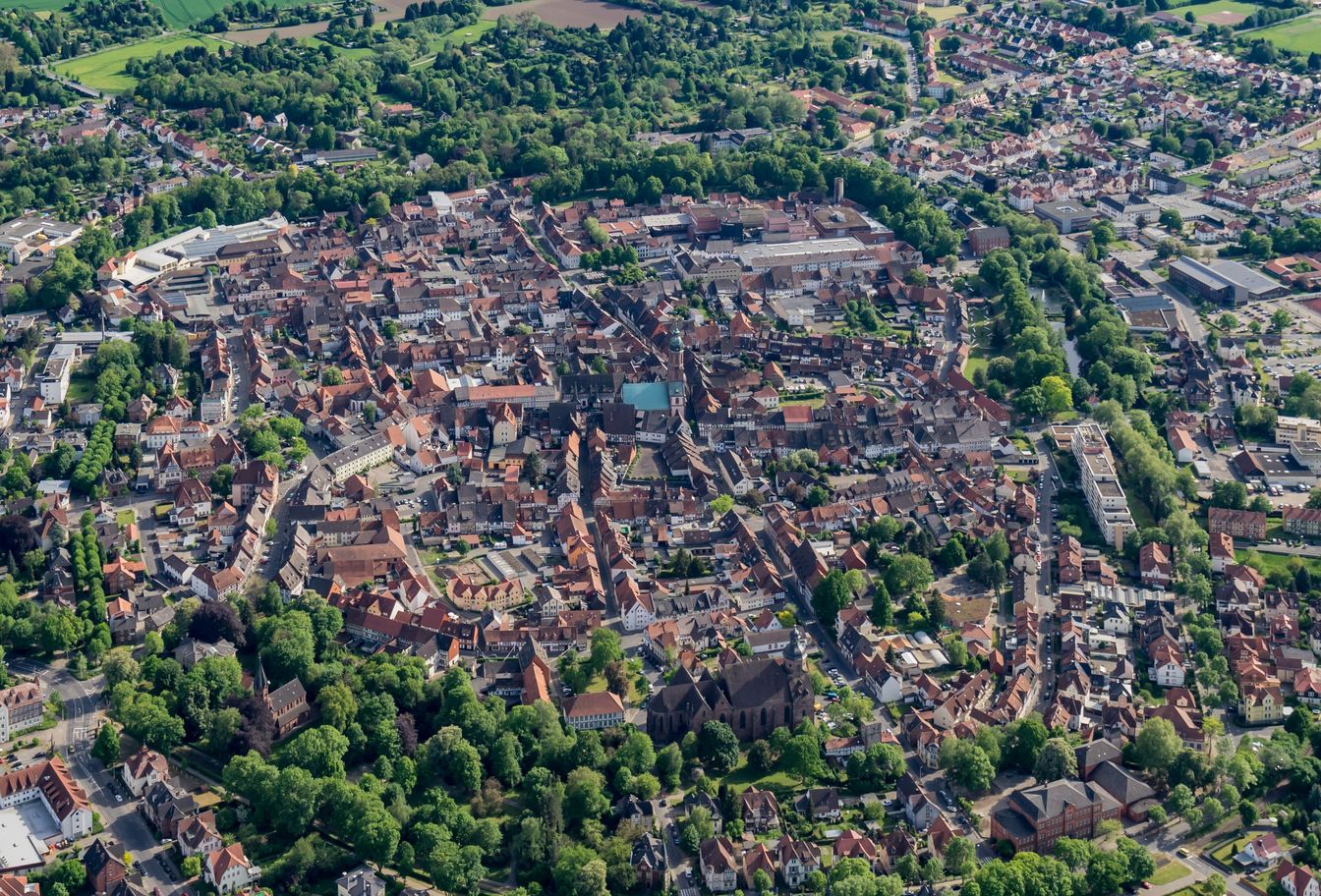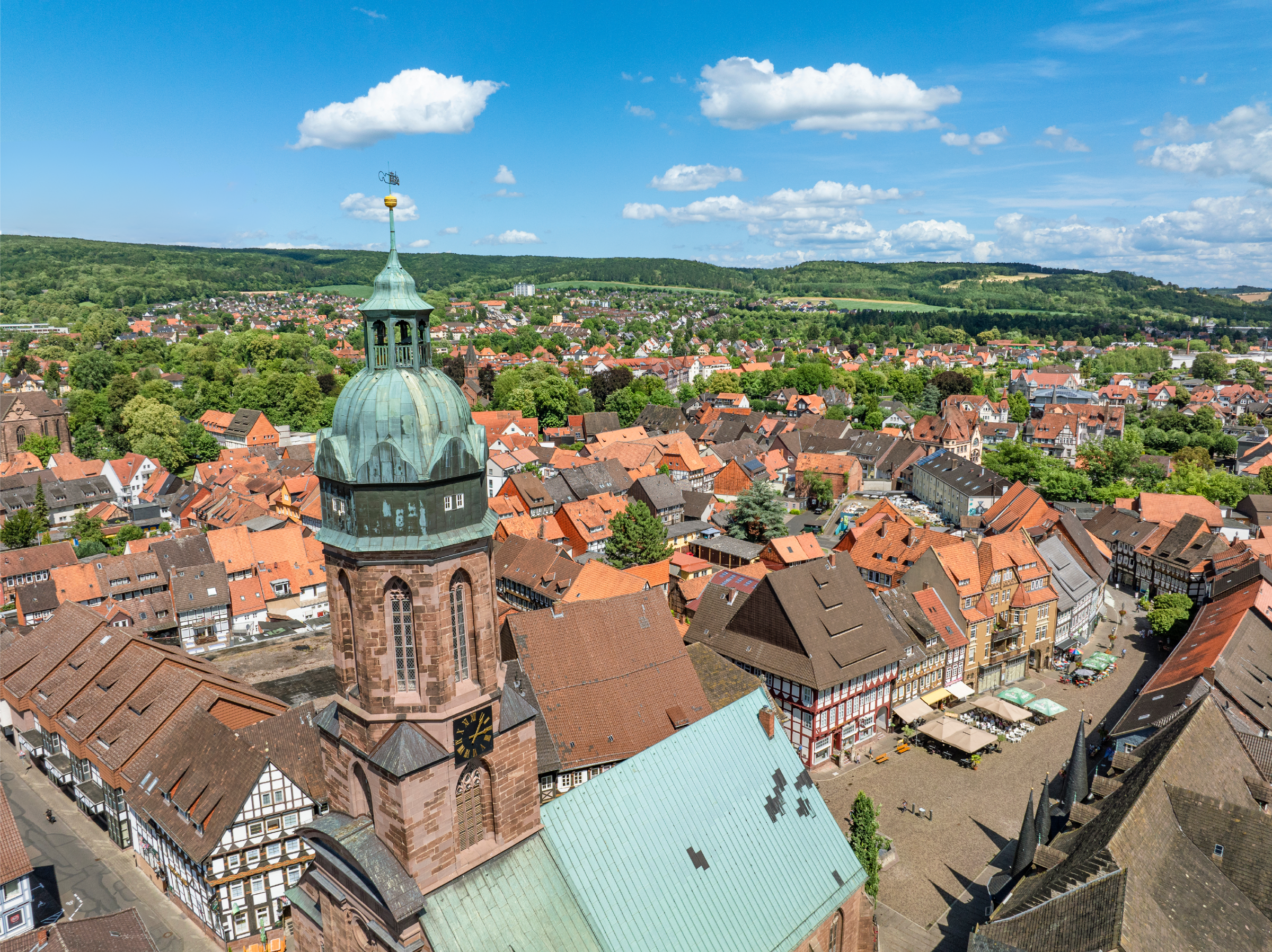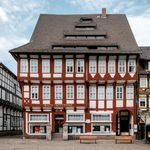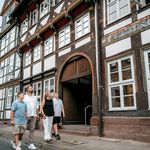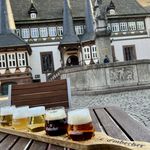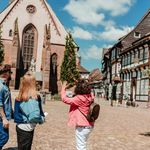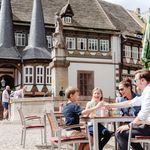Fachwerkzauber und historische Kulisse in Einbeck erleben
Einbeck strahlt eine ganz besondere Atmosphäre aus, die durch die zahlreichen gut erhaltenen Fachwerkhäuser entsteht.
Beim Bummeln durch die Altstadt hat man das Gefühl, als würden sich überlebensgroße Puppenhäuser aneinanderreihen. Diese historischen Schönheiten könnten viele Geschichten erzählen: von den Lebensweisen und dem Pioniergeist einiger Bewohner, oder den Bränden, die Einbeck heimgesucht haben. Unsere Gästeführer:innen laden dazu ein, in diese vergangene Zeit einzutauchen. Die prächtigen Fassaden und liebevoll gestalteten Häuser sind eine wahre Inspirationsquelle und bieten die ideale Kulisse, um in einem der Cafés und Restaurants Platz zu nehmen.
